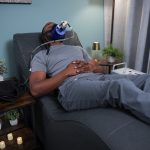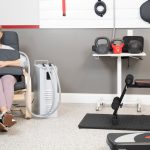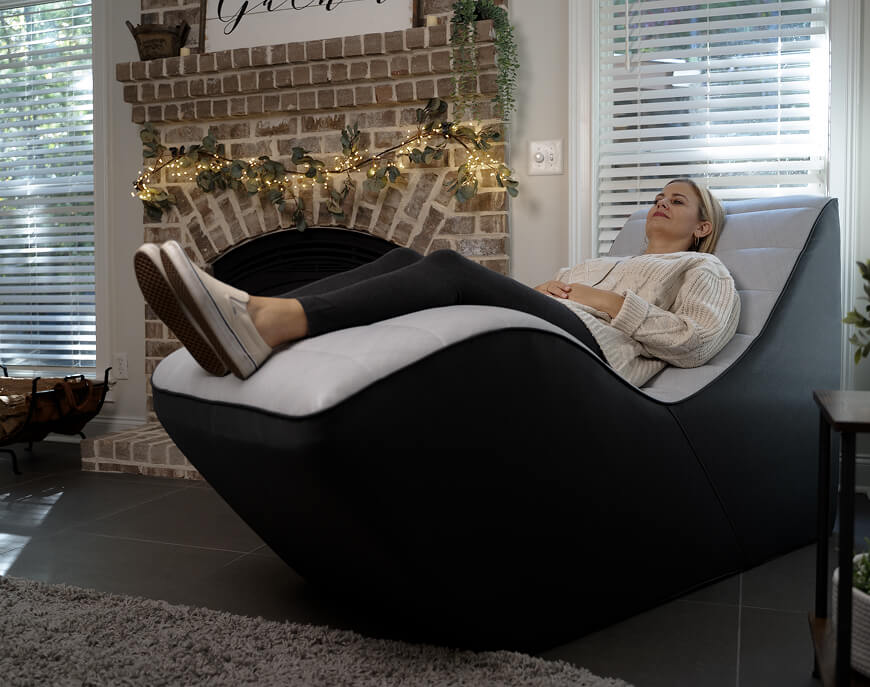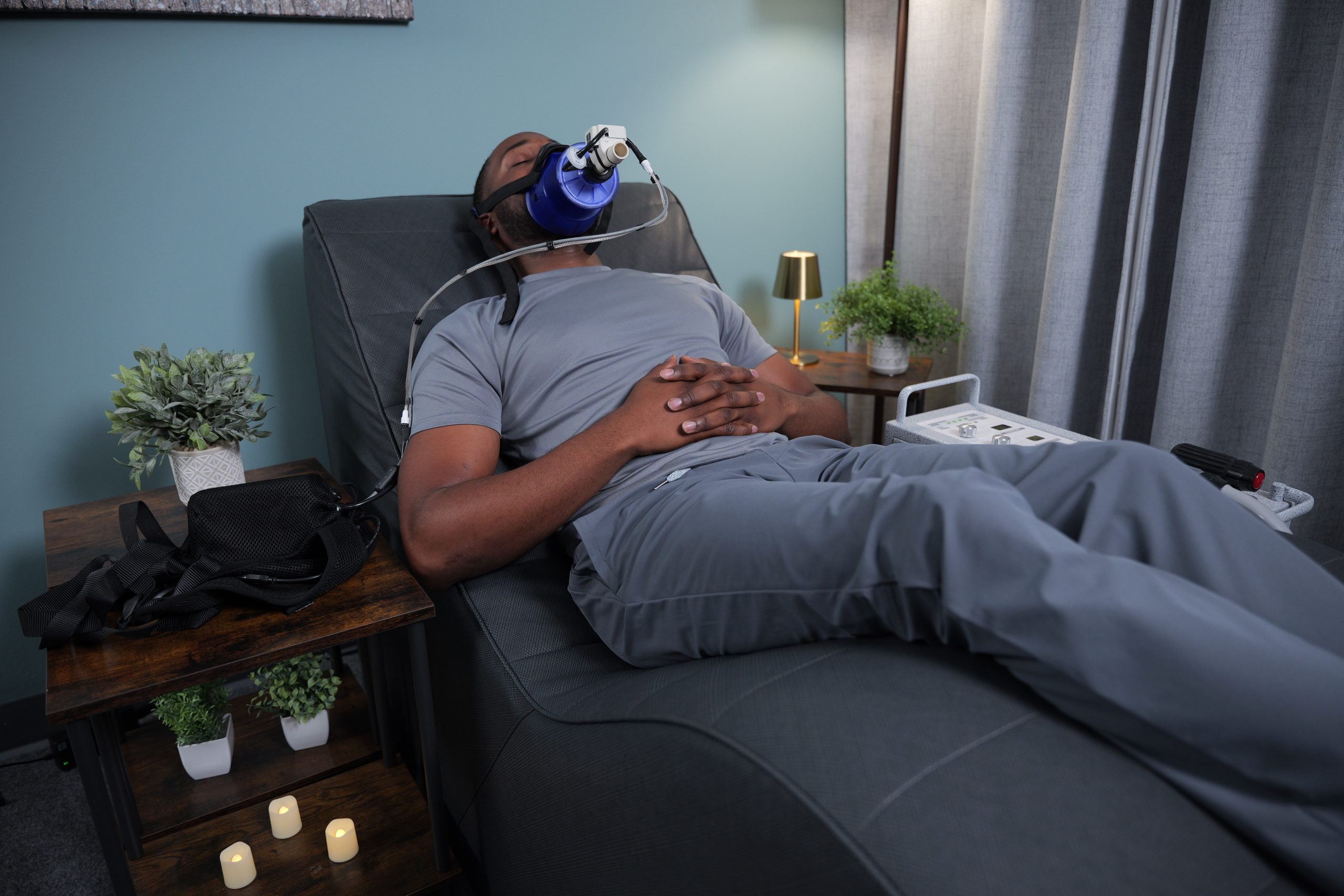Holistic wellness is an approach to health that treats the body and its interconnected systems as one unit. Rather than focusing on areas of issue, holistic wellness focuses on optimizing our bodies in a more comprehensive way. But it isn’t just a good idea. Holistic wellness has a firm basis in scientific discovery. So, let’s dive into the body’s connections and how we can leverage them!
“It is becoming increasingly clear that we can’t see organ systems in isolation like we did in the past…it’s very clear that the human is one entity; mind and body are one. It sounds logical, but it’s not how we looked at it before. Now we have new data and new insights.”
– Dr. Paul-Peter Tak, Professor of Rheumatology at the University of Amsterdam.
“Body systems do not exist in reality–it is always impossible to define where one system ends and the next starts. The body functions as a whole and it is only as a whole that we should attempt to comprehend it.”
– The Ontogenetic Basis of Human Anatomy: A Biodynamic Approach to Development By Erich Blechschmidt
Kevin Tracey’s discovery
While experimenting in the late 1990s, Neurosurgeon Kevin Tracey injected an anti-inflammatory drug into a rat’s brain to see what effect it would have on blocking the damaging inflammation created during a stroke. He expected it might halt the production of TNF (an inflammatory cytokine) in the brain.
Although this hypothesis proved to be true, something unexpected happened as well. In spite of Dr. Tracey having injected too small an amount to effectively travel to the rest of the body via the bloodstream, the drug blocked inflammation in the spleen. As a result, he discovered something profound:
The brain was using the nervous system via the vagus nerve to interact with immune cells and switch off inflammation everywhere (Frieda).
This story highlights the fact that the body is truly interconnected and a reductionist view or approach in treating it as individual systems is inadequate. The body’s communication network is vast and varied, and many of the ways in which the parts interact may yet be undiscovered. A holistic approach to supporting wellness can be more broadly applicable.
A new technological industry
Dr. Tracey capitalized on his discovery by developing a tiny implantable nerve stimulator designed for direct electrical stimulation to the left vagal nerve in the neck to diminish the inflammatory response of TNF. More broadly, this technology became part of a growing category of drug-free therapies based on electromagnetism instead of drugs. In fact, Time Magazine ran a cover article on the $40B electroceutical industry, citing it as one of the new waves in healthcare.
PEMF falls within this same category of devices and brings some unique advantages in comparison to devices such as implantable nerve stimulators. For example, PEMF is medically non-invasive, meaning it requires no surgical procedure. Therefore, users put themselves at no risk of infection and a greatly diminished risk of unintended side effects.
Leveraging the body’s connections!
PEMF does not just target a nerve, a blood vessel, or a muscle. Instead, pulsing influences a larger surface area and bears a broad impact. PEMF stimulates and exercises all of the cells in a region,[2] making it an incredible holistic modality.
Because of the body’s interconnected systems, PEMF acts as a catalyst for full-body energy.[6,7] This stimulation extends beyond the area of delivery by way of the nervous system, circulating blood cells, interconnected lymphatic system, hormones, second messenger systems, etc. Much like Dr. Tracey’s electrical stimulation of the nerve in the neck reached all the way to the spleen, it’s not unusual for PEMF users to experience unexpected benefits.
PEMF can complement a holistic approach to wellness seamlessly. Because it takes advantage of the body’s naturally connected systems, you can truly expect the unexpected! So, check out our Locator Map to find a Certified Pulse Professional near you.
Sources
[2,6,7]To locate the references cited here, visit info.pulsecenters.com/research
Frieda A. Koopman, Sangeeta S. Chavan, Sanda Miljko, Simeon Grazio, Sekib Sokolovic, P. Richard Schuurman, Ashesh D. Mehta, Yaakov A. Levine, Michael Faltys, Ralph Zitnik, Kevin J. Tracey, and Paul P. Tak “Vagus Nerve Stimulation Inhibits Cytokine Production and Attenuates Disease Severity in Rheumatoid Arthritis” PNAS (First published: July 5, 2016) DOI: 10.1073/pnas.1605635113












